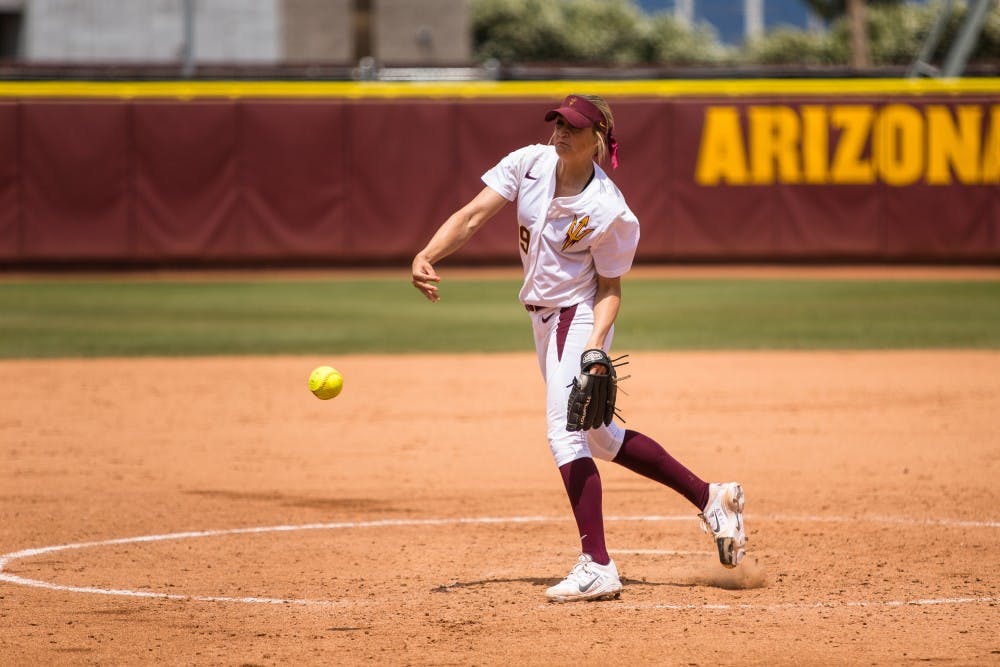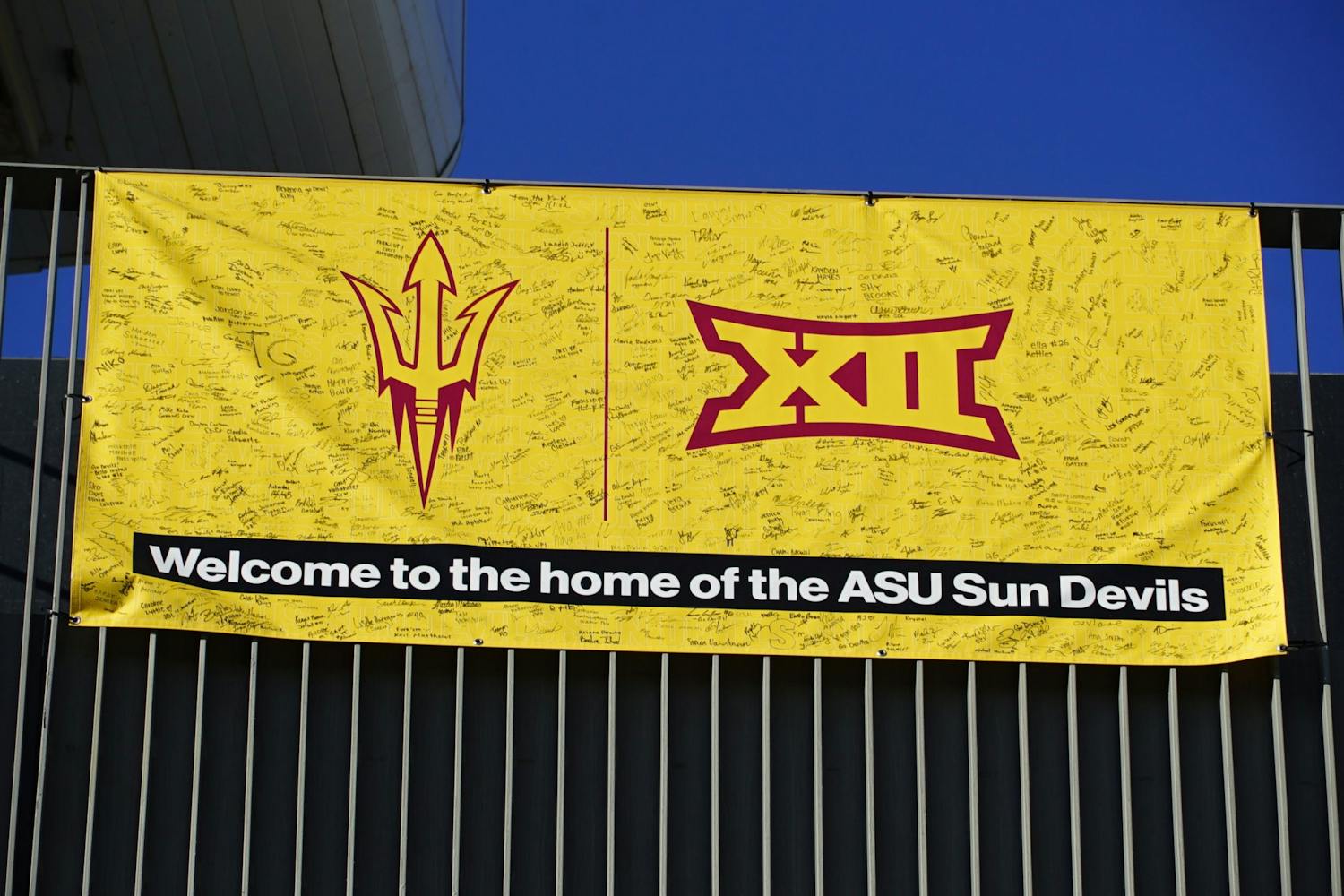If history tells us anything, it’s that it’s bound to repeat itself.
So what can the past inform us about ASU softball’s chances to advance through the Baton Rouge regional?
In short, moving on is not very likely. On to the explanation…
The current postseason format began in 2005, where the tournament expanded from 32 to 64 teams. It utilizes a double-elimination regional and a best-of-three Super Regional to qualify teams for the Women’s College World Series in Oklahoma City.
Sixteen teams are seeded and they are usually the host school for that region, unless for some reason don’t submit a bid to host or don’t meet minimum requirements.
In 10 seasons, the seeded team has advanced to the Super Regional 80 percent percent of the time, with the eight top seeds making it 91.3 percent of the time, and seed Nos. 9-16 advancing 68.8 percent of the time. Considering there are three unseeded teams for each region, the odds are considerably worse for them, making it out of 20 percent of regions (6.7 percent for each team).
ASU faces No. 5 seed LSU, Nebraska and Texas Southern in the region, beginning Friday with a matchup against the Huskers.
The fifth overall seed has moved on to the Super Regional round and the Women’s College World Series in all but one of 10 seasons. That was in 2012, but it might deserve an asterisk because Florida dismissed three starters, including former ASU shortstop Cheyenne Coyle, before the postseason began.
Of course upsets happen. The teams still have to play the games, and that's what makes them so fun.
But gleaning from the past, ASU, Nebraska and Texas Southern have their work cut out for them.
Reach the reporter at jmjanss1@asu.edu or follow @jjanssen11 on Twitter
Like State Press Sports on Facebook and follow @statepresssport on Twitter




